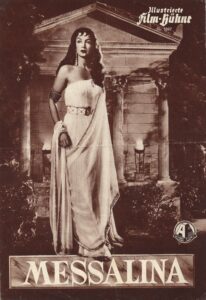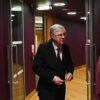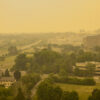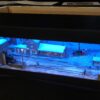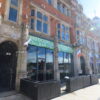Coronavirus News
Coronavirus Coronavirus racial disparities in the nation’s capital
Low-income, majority-black neighborhoods in D.C. are getting hit hardest by the coronavirus — a reflection of racial and socioeconomic trends that have sparked mass protests only miles from these neighborhoods.The big picture: The virus’s racial disparities around the country are a result of other longstanding inequities in health, housing, employment, income and other aspects of…

Coronavirus
Low-income, majority-black neighborhoods in D.C. are getting hit hardest by the coronavirus — a reflection of racial and socioeconomic trends that have sparked mass protests only miles from these neighborhoods.
The big picture: The virus’s racial disparities around the country are a result of other longstanding inequities in health, housing, employment, income and other aspects of society.
These disparities have been felt acutely in some communities for decades.
- Christina Henderson, program director of the DC Dream Center, has seen them first-hand for years through her work in her neighborhood of Southeast D.C.
- Although each of the district’s 8 wards has a similar-sized population, ranging from around 78,000 to around 95,000 people, the virus has impacted them very differently.
I asked Henderson — better known as Ms. Tina to those she works with and serves — to explain the difference between how she thinks the coronavirus pandemic has impacted her poor, primarily-black neighborhood versus Dupont Circle, a whiter, wealthier D.C. neighborhood near the White House.
- In Dupont, “most of those people ended up working at home. They could do the distancing thing. They didn’t have to be around people….Even if they didn’t work at home, if they decided they wanted to take sick leave or vacation or whatever, they could take it.”
- “In Anacostia, most of those people are working in fast food restaurants, CVS, Giant, Safeway, where they’re coming in contact with people every day. And I think when somebody from Dupont Circle [walks] into the hospital, somebody is going to listen to them and pay attention to them and take them seriously.”
- “When somebody from Anacostia goes in there…because of the way they talk, the way they stand, the way they dress, people do not take them seriously….What they’re trying to say, they don’t say, because they don’t know how to say it.”
My colleagues and I further explored the racial dynamics of the pandemic over the weekend. Read the deep dive, which includes more from Ms. Tina.

Subscribe to the newsletter news
We hate SPAM and promise to keep your email address safe





